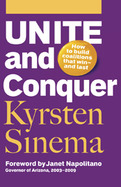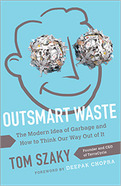-
Debunks the popular but dangerous myth that inflating stock prices creates national wealth
-
Reveals what can be done to avert potential disaster for future retirees and the nation
-
Shows readers how to evaluate the long-term effectiveness of their retirement portfolios
• The first book to reveal the deep historical roots of the modern corporate obsession with stock price—a major cause of recent scandals like those at Enron and WorldCom
• Details how the rise of the modern corporation created the modern stock market—and why this led to an economy dominated by stock speculation
2001
- Foreword by Arthur C. Clarke
- The critical crossroad we face at the threshold of the millennium revealed by one of the world's preeminent futurists
- Comments on today's global crisis and the challenge of change from Thomas Berry, Gary Zukav, Riane Eisler, Edgar Mitchell, and others
- Draws on the author's profound understanding of systems theory to provide practical guidance for shaping and directing our future
2001
2009
2013
Why DOES garbage exist in human society? Why has it become a problem only in the last century? And most importantly, how can we eliminate it-outsmart the very idea of garbage?
Ever-expanding landfills, ocean gyres filled with floating plastic mush, endangered wildlife. Our garbage has become a massive and exponentially growing problem in modern society. Eco-entrepreneur Tom Szaky explores why this crisis exists and explains how can we solve it by eliminating the very idea of garbage. To outsmart waste, he says, we first have to understand it, then change how we create it, and finally rethink what we do with it. By mimicking nature and focusing on the value inherent in our by-products, we can transform the waste we can’t avoid creating from useless trash to a useful resource. Szaky demonstrates that there is value in every kind of garbage, from used chewing gum to juice pouches to cigarette butts. After reading this mind-expanding book, you will never think about garbage the same way again.
















